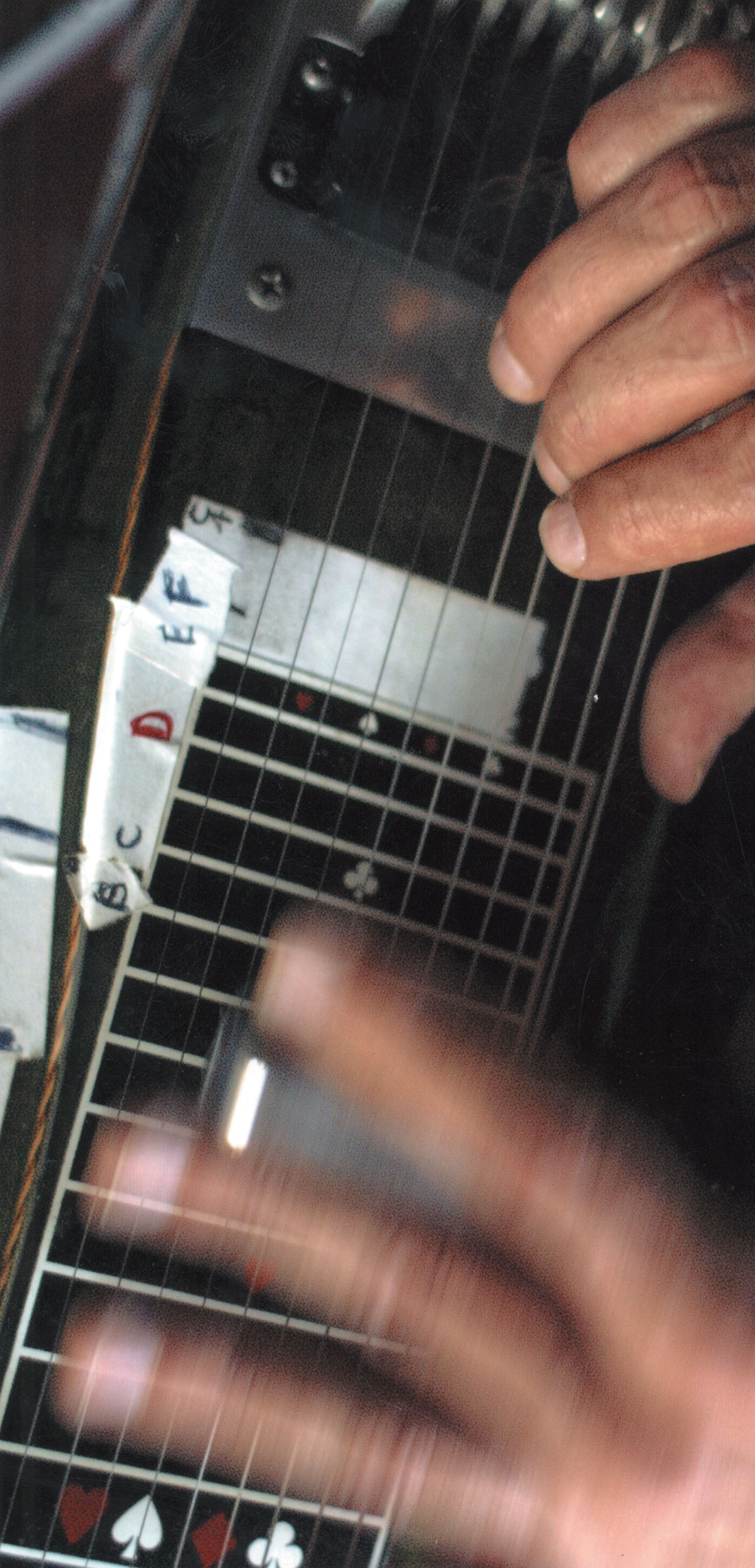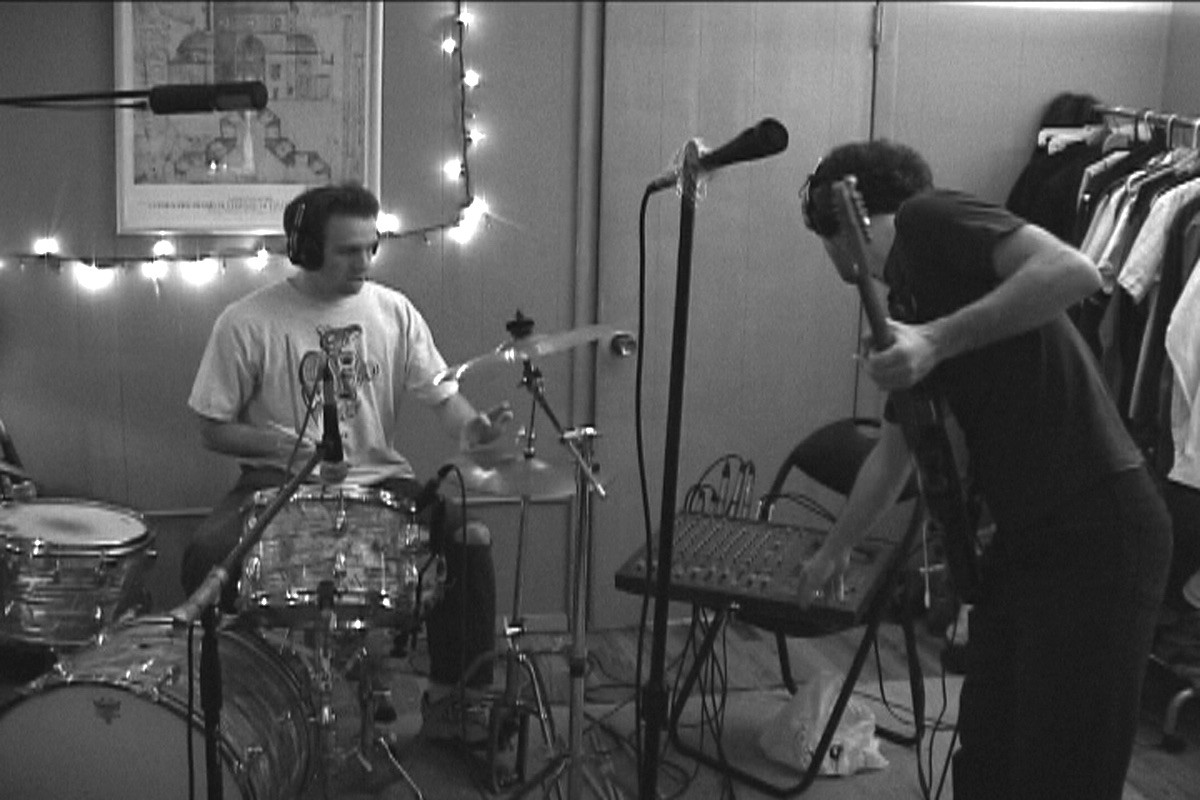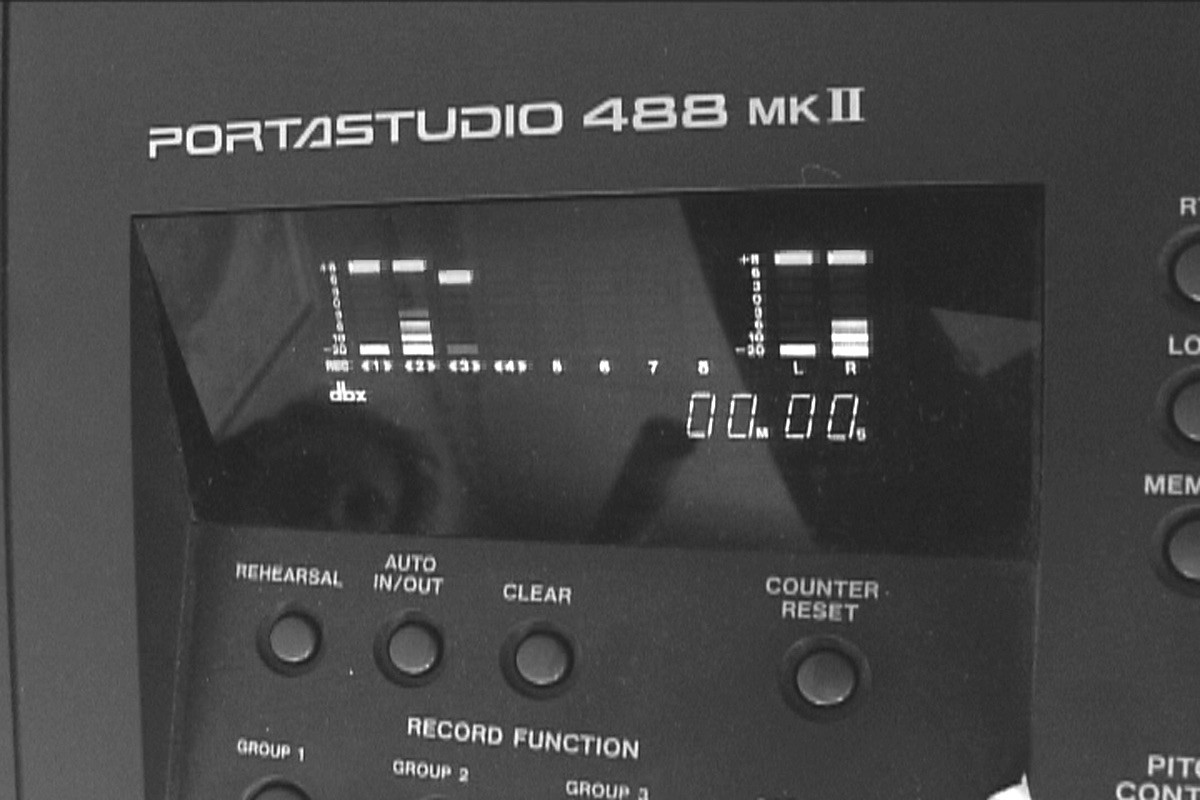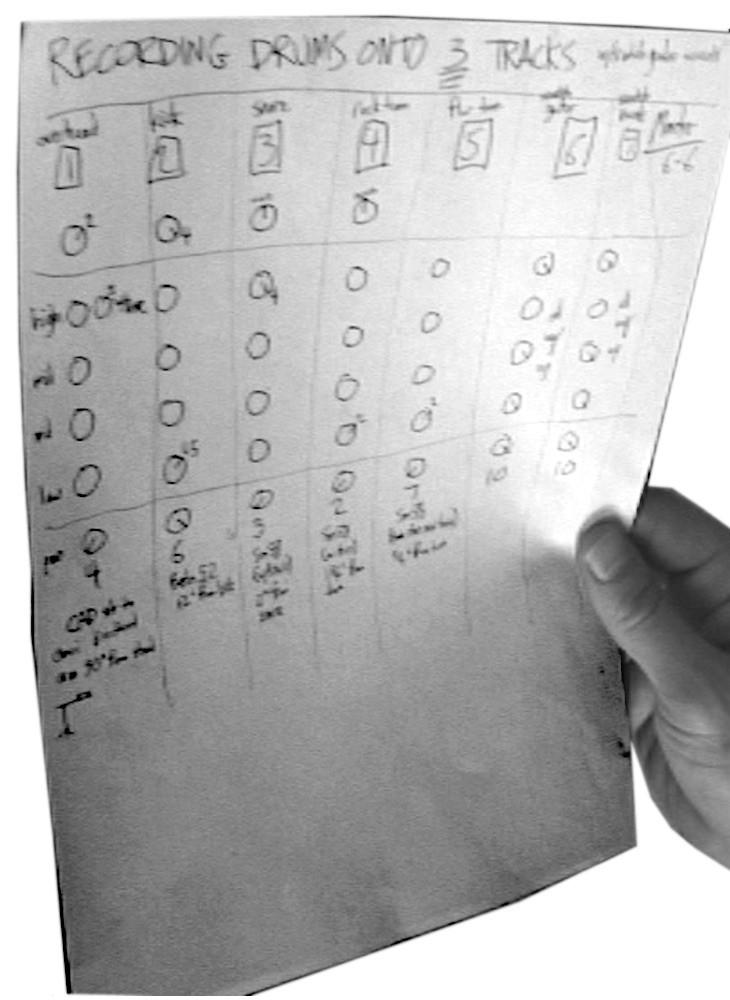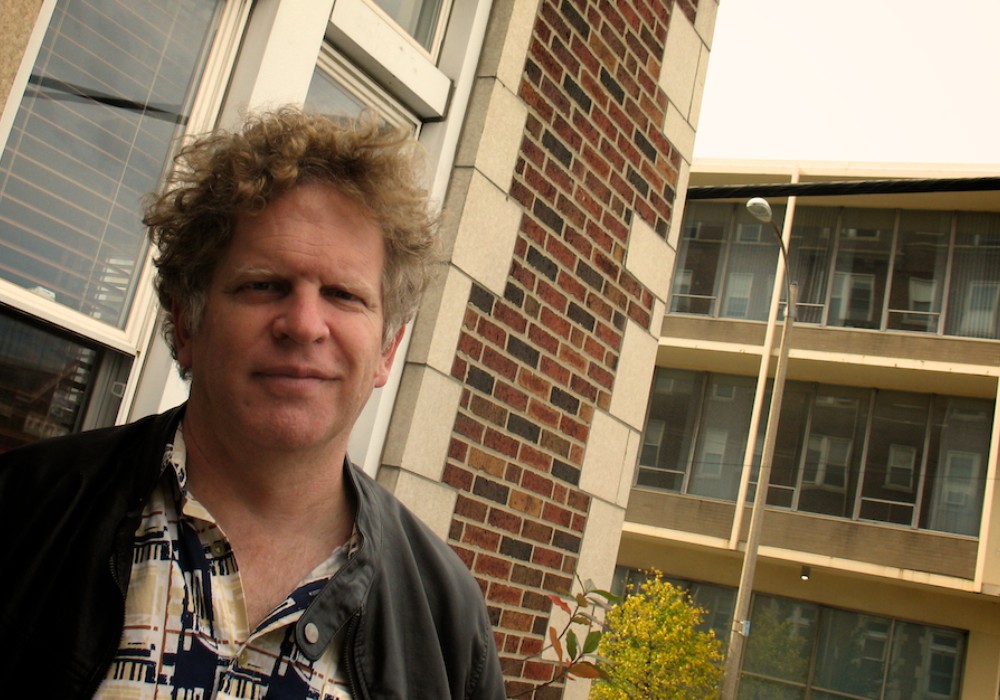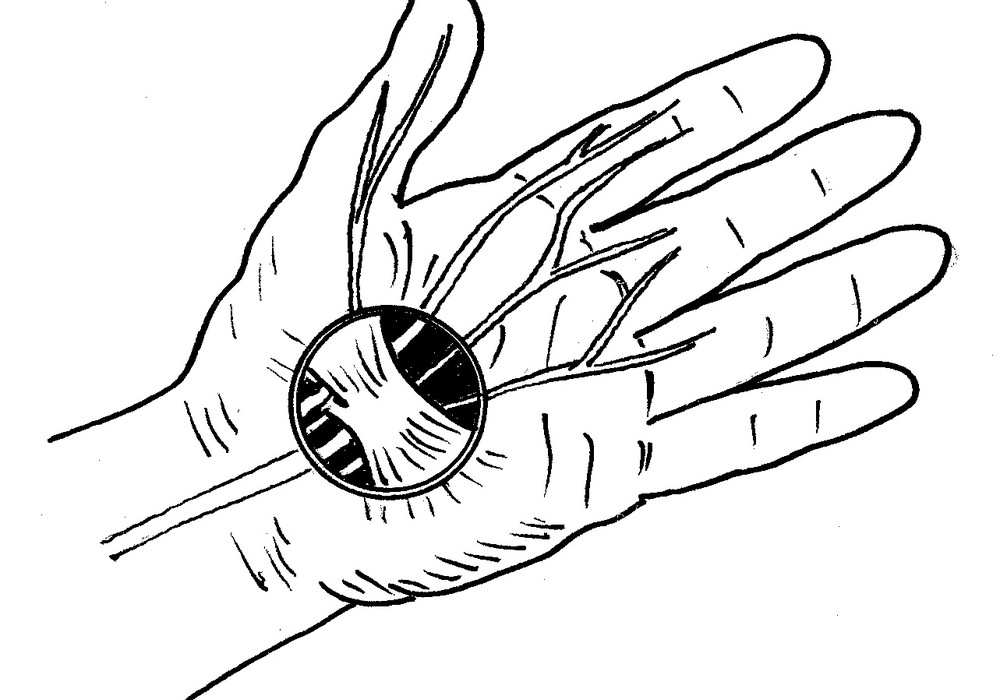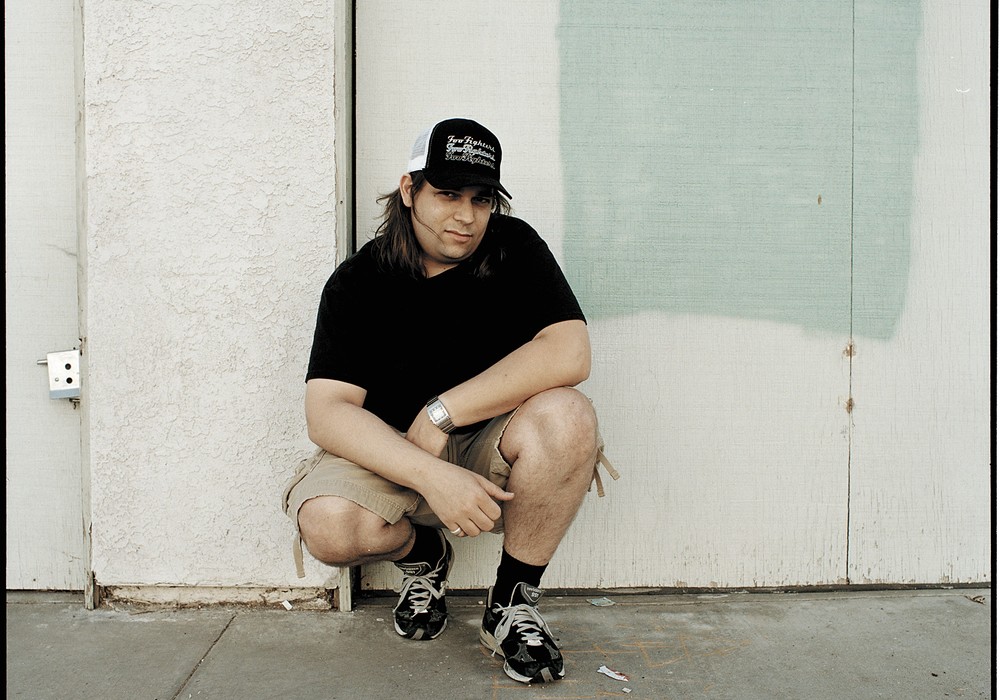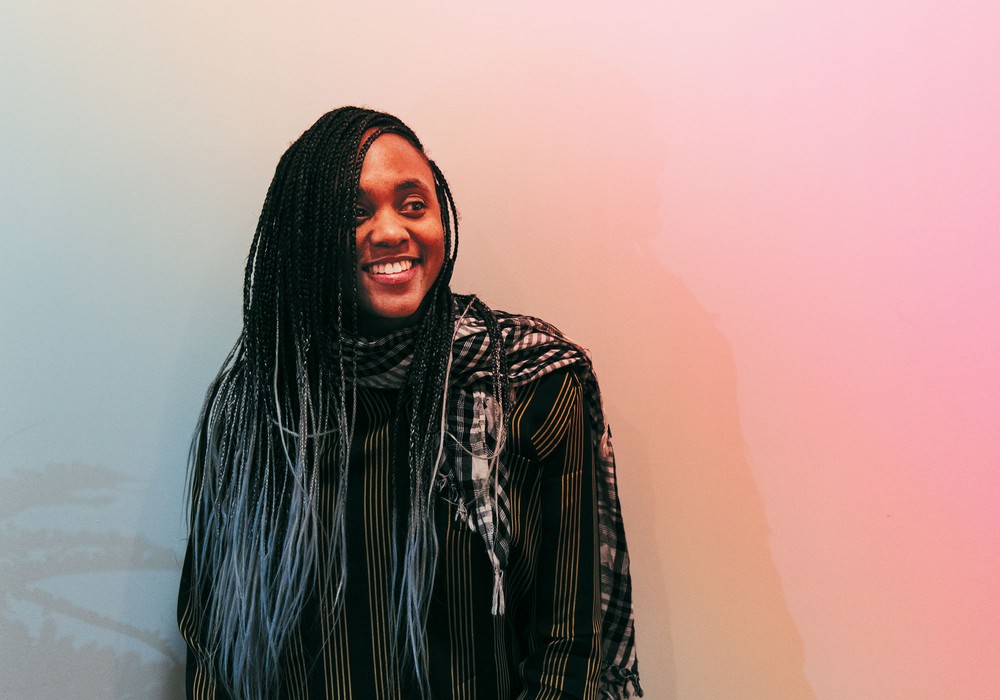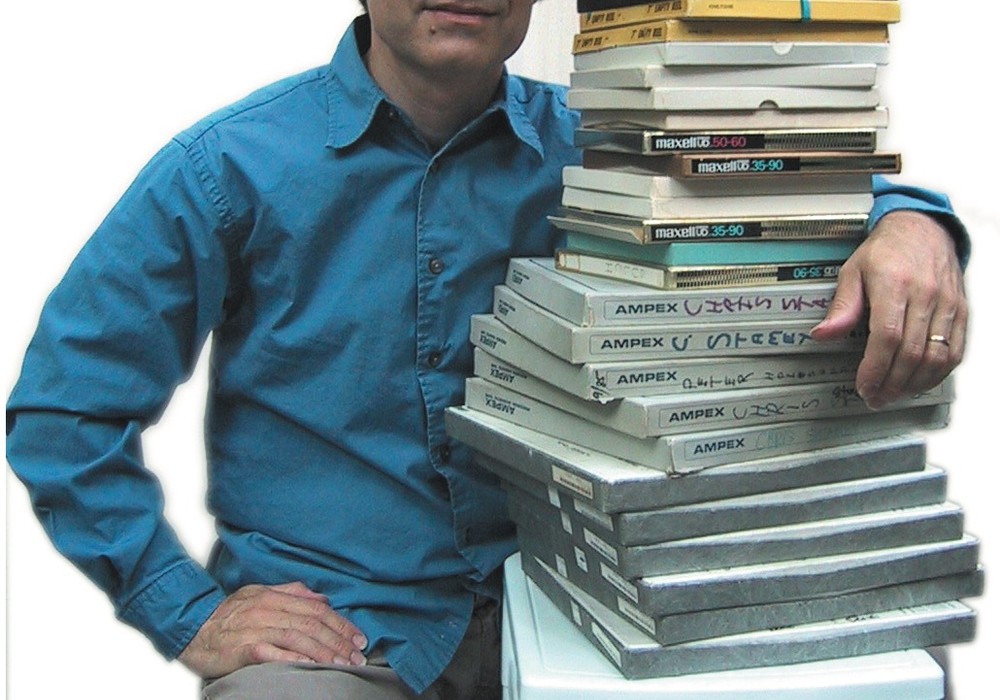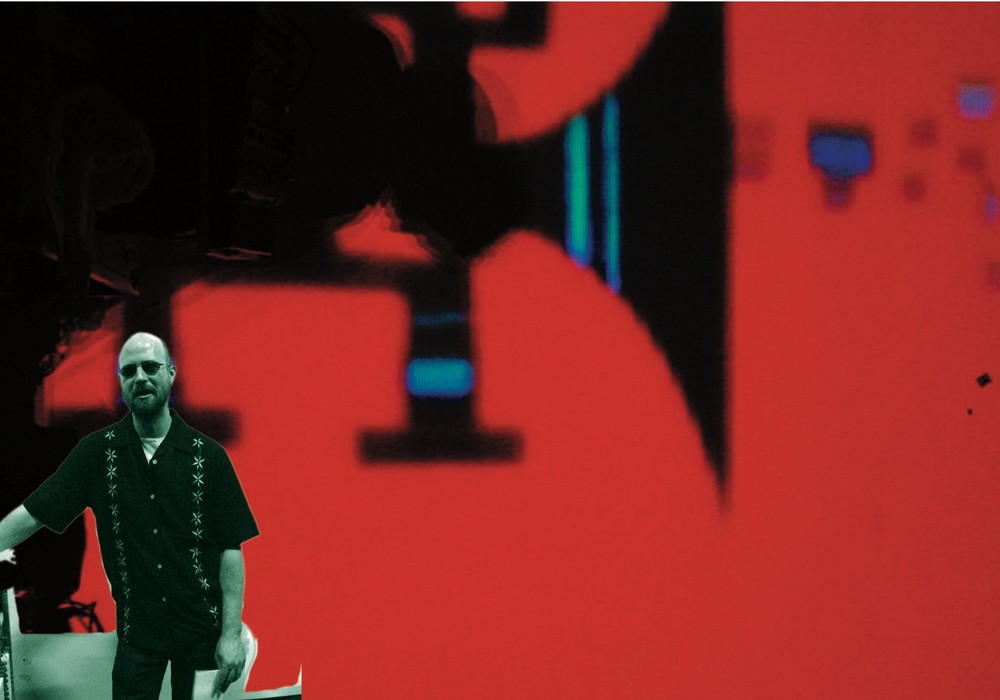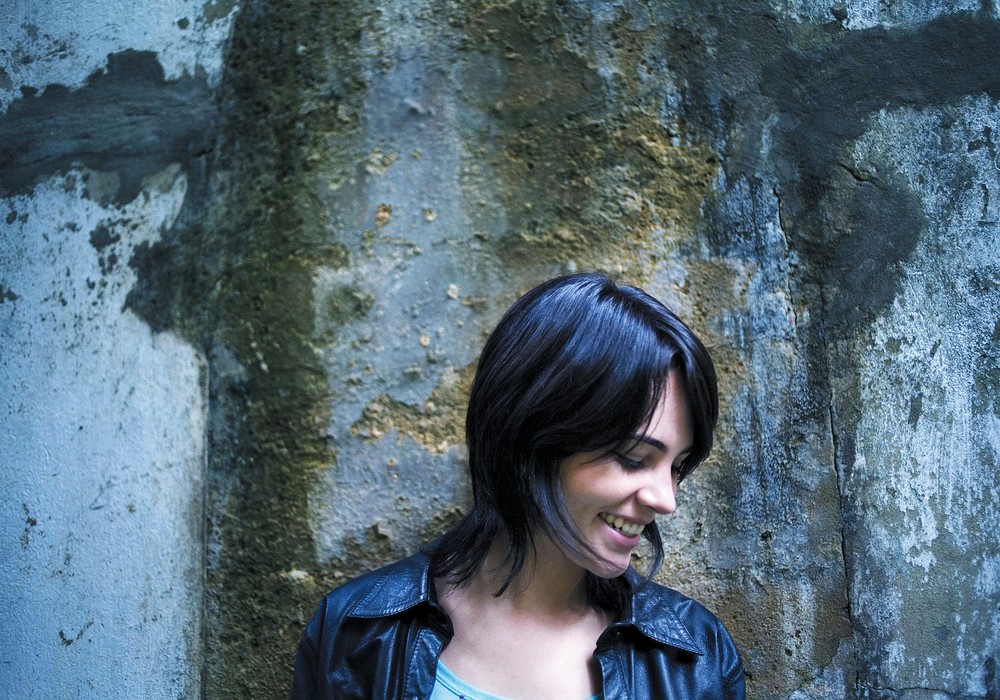This band down the street from me uses Digital Performer on their computer with tons of great plug-ins for their home recordings and it sounds great. Maybe I'm a little scared of technology, or maybe I'm just too lazy to teach myself the programs. Whatever the reason, I've been doing home recording the old-fashioned way — portable cassette 4-track or 8-track — for the past 10 years. I realize this is very limiting compared to what's going on in digital recording, but I'm comfortable with it and I'm good at it. My band, Nerve Generator, has self-released two full length CDs, a 7" record, and a bunch of cassettes, all of which were recorded at my house on a cassette PortaStudio. I don't know if digital recording is the same way, but I love being able to set up a mic or two, turn on the 4-track, and press record. You can be in the middle of writing a song and within about 120 seconds be ready to record it. I try to make my recordings sound as professional as possible — just because I record lo-fi doesn't mean I want to sound lo-fi (that fad burned out years ago). Over the years I learned the best ways to use my small arsenal of recording gear to make a great sounding CD. My equipment list is as follows — Tascam 488 MKII (cassette 8- track), a Sony DAT recorder, a CAD E-200 Condenser Mic, three SM58s, a Shure Beta52 and a nice stereo system.
I live in Brooklyn. I like it here. I have a big apartment, live near the subway and the neighborhood is safe. My band practices here once or twice a week in my bedroom- turned-rehearsal space. I've worked out a schedule with my downstairs neighbors so I don't bother them. I record demos for myself at various times, whenever I write the song, but when Nerve Generator decides to put out an album we record the whole thing at once. The whole process usually takes about 3 or 4 months. I try to limit the amount of days spent on recording the loud stuff, like drums. For our latest CD, Erasing Our Minds, I banged out the drum recording in just 4 days (not in a row). In fact recording drums is the first thing I do when recording a typical song. I close-mic the snare and two toms with the SM58s, place the Beta 52 about a foot from the kick and use the CAD E-200 as the overhead. The overhead goes on track 1, the kick on track 2 and the snare and toms on track 3. I play along with our drummer Dave as a guide and the scratch guitar goes on track 4 (this is always taped over later). I use the EQ going in, using extra low for the kick and toms, and extra high for the overhead and snare. During the mixing process I'm able to mix the drums with a stereo effect by setting the kick for the center while panning the overhead and close-mic'd drums to the left and right.
The next step is the guitar. My only electric guitar is a Fender Jaguar, and although it looks cool as hell, it has that kind of twangy, mid- range sound that I guess those surf-rockers liked back in the '60s. I do the best I can with the EQ and usually record two guitars on 2 different tracks to fatten the sound up. I only use one SM58 aimed right at one of the speakers of my vintage Fender Reverb amp. In the end, and with everything else in the mix, it winds up sounding pretty good.
Next I'll record the synthesizers (the signature sound of my band — Moog Rogue, Roland Juno 60 and a Roland XP-30) which, depending on the song, take up 1 or 2 tracks. I always record the keyboards direct into the 8-track. I've tried it with an amp and liked it, but for this latest album it was all direct. I've heard Devo's early records were recorded with the synths played through an amp cranked real loud so that it was slightly overloading. I'll have to try that sometime when the neighbors are out of town.
There was this one keyboard solo that was impossible for us to play right, no matter how many times we tried we just kept messing up on a note or two. We solved the problem by slowing the tape speed down on the vari-speed dial, recorded it at an easier tempo, then played it back at normal speed. The beauty of a synthesizer is you can't tell the difference whether it's sped up or slowed down!
The most difficult instrument to record is bass. Some notes sound really loud and others are too quiet, so during the mixdown I'm often fiddling with the volume or the low EQ knob. I mic my bass amp with the Beta 52 which gives it a nice warm sound and I usually add a little low end on the EQ going in.
By now we've filled up all 8 tracks — drums on tracks 1-3, guitars on tracks 4 & 5, synths on tracks 6 & 7, and bass on track 8. It is at this point that I do my first mix. I mix the entire instrumental, in stereo, onto my DAT machine. I use my home stereo system for monitors. After I'm happy with the mix (I always make more than one mix) I record it back onto a fresh tape on the 8-track. I record it on 4 tracks in stereo (4 instead of 2 tracks to keep the sound as fat as possible). This leaves me with 4 new tracks which I use for vocals. I like this method instead of ping-ponging, because it leaves me with the option of one day going back and remixing the basic instrumental track.
The vocals are recorded with the CAD E-200. We sing against a wall covered in moving blankets to help deaden the sound. In the mixdown we add reverb or delay with my foot pedals I bought for my guitar — I frequently use the DOD Digital Delay pedal. With all 8-tracks used up again I do the final mix (or a series of final mixes to choose from) onto the DAT machine, using my stereo speakers as monitors. This is the formula I followed for the entire recording of Erasing Our Minds and in my opinion it came out sounding pretty darn good! I hope this process can help others with "limited gear" make recordings they can be proud of.
